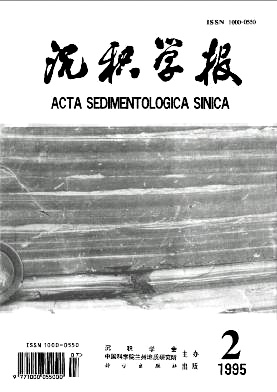A Disscussion on Main Controlling Factors on the Properties of Clastic Gas Reservoirs
- Received Date: 1994-10-15
- Publish Date: 1995-06-10
Abstract: There are lots of complicated controlling factors on tight clastic gas reservoirs, especially those with long burial history and great burial depth. According to reserches on the relationship between porosity and burial history as well as diagenetic stages of several Meso - Cenozoic gas - bearing basins in China, this paper has proposed a subdivision scheme of reservoir pore types in terms of their occurrence, which includes four types,that is, intergranular pore, intergranular dissolution pore, intraconstituent pore and fissures. Furthermore,the contributions to the improvenment of reservoir properties resulted from different pore types have been analysed. In addition, the controlling mechanism on the properties of elastic gas reservoirs has also been disscussed by individually dissecting multiple factors, such as physical and chemical properties of detrital grains;argillic matrix and authigenic clay minerals; sedimentation rate and burial history; grain size and sorting; agenesis of mudstone; tectonic setting and movement, vitrinite reflectance and organic maturity, and so on.As a result of the study, the authors believe that the properties of elastic gas reservoirs are comprehensively controlled by multiple factors. Pore spaces of reserviors, which have a short burial history and shallow burial depth, are mainly composed of primary pores. Depositional environment and physical property of detrital grains are dominant controlling factors. As for those tight reservoirs with a long burial history and great depth,the pore spaces are extremely complex, in which the intergranular and intraconstituent dissolution pores are very common. And the influencing factors are diversified, including depositional environment, tectonic setting, physical and chemical properties of detrital grain, burial history, nature of pore fluid and its influx state as well as diagenetic evolution characteristics of mudstone and organic matter. However, in different basins, all the factors mentioned above have played different role in controlling the reservoir evolution,and their action procedures are changable, but above all, the burial history and pore fluid conditions are theleading elements in controlling the properties of tight gas reservoirs.
| Citation: | Shi Ji'an, Wang Qi. A Disscussion on Main Controlling Factors on the Properties of Clastic Gas Reservoirs[J]. Acta Sedimentologica Sinica, 1995, 13(2): 128-139. |






 DownLoad:
DownLoad: